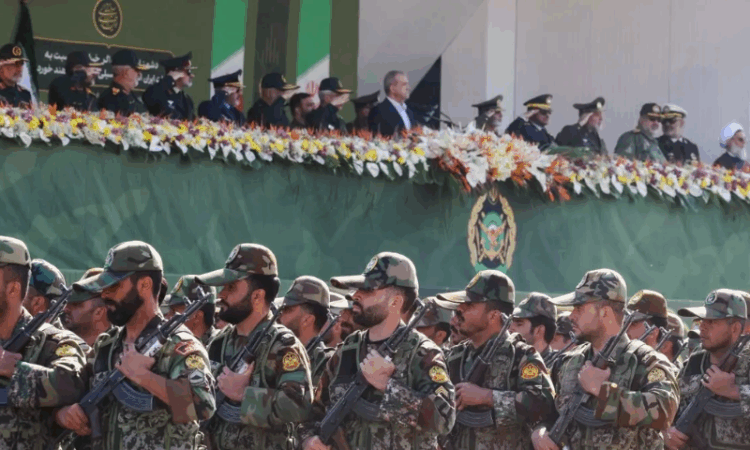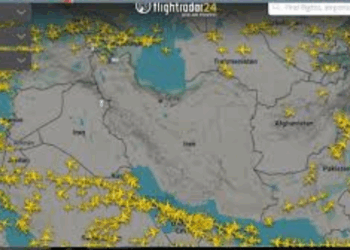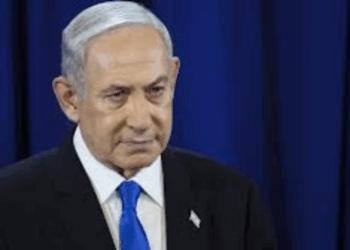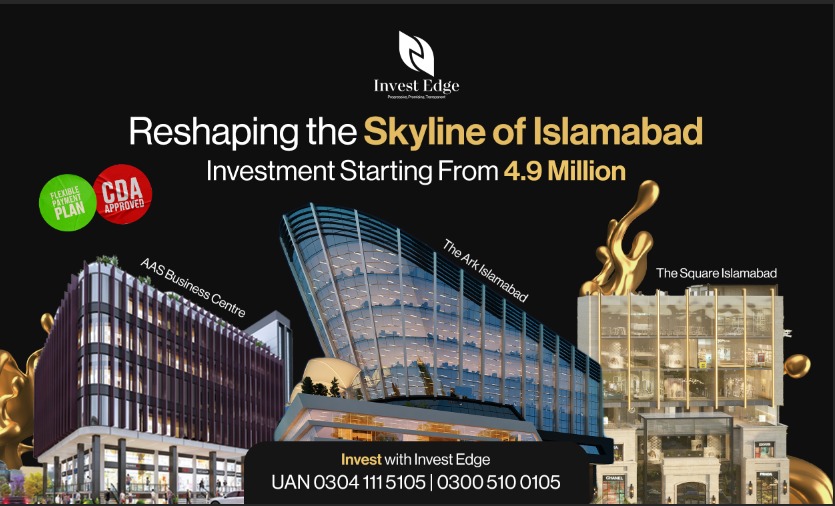Tehran, April 18, 2025: On Iran’s annual Army Day, the Islamic Republic flexed its military muscle in a grand parade through the capital, Tehran, featuring thousands of troops, an array of drones, advanced weaponry, and the S-300 missile defense system. President Masoud Pezeshkian presided over the parade, hailing it as a testament to Iran’s strength and readiness.
However, behind the public display of power, Iranian leadership is quietly pursuing diplomatic channels. Foreign Minister Sayyid Abbas Araghchi is at the forefront of this effort, engaging in high-level international talks focused on reviving dialogue over Iran’s nuclear program.
Araghchi met Russian President Vladimir Putin in Moscow on Thursday before holding formal talks with his counterpart Sergey Lavrov on Friday. “Our Russian friends gave us the necessary information,” Araghchi said, according to Russia’s TASS news agency, signaling coordination between Tehran and Moscow on nuclear and regional security matters.
Next, Araghchi is expected to travel to Rome on Saturday for crucial talks with U.S. Special Envoy Steve Witkoff, marking the second round of dialogue between Tehran and Washington since President Donald Trump returned to the White House.
The first meeting, held last Saturday in Oman, was described by both sides as “positive and constructive.” Still, Iranian officials remain wary of what they call “contradictory and inconsistent messages” from the Trump administration. While Witkoff initially suggested Iran could cap uranium enrichment at 3.6%—in line with the 2015 Joint Comprehensive Plan of Action (JCPOA)—he later emphasized a goal of total program dismantlement.
“The reality is, we are receiving contradictory and inconsistent messages from the United States,” Araghchi was quoted as saying in Moscow by Iran’s Mehr News Agency. “From our perspective, what matters is what is said at the negotiation table.”
The JCPOA, signed in 2015 by Iran and world powers, offered sanctions relief in exchange for curbs on Iran’s nuclear activities. However, the U.S. withdrew from the accord in 2018 under Trump, triggering Iran to abandon the deal’s restrictions and begin enriching uranium up to 60%, nearing weapons-grade levels.
While uranium enrichment is viewed by the West as a pathway to nuclear weapons, Iran insists its program is for peaceful purposes. Notably, The New York Times reported that President Trump recently rejected Israeli proposals for military strikes on Iranian nuclear sites, favoring a return to negotiations instead.
“I think that Iran has a chance to have a great country and to live happily without death — and I’d like to see that. That’s my first option,” Trump told reporters at the Oval Office on Thursday.
Despite cautious optimism, tensions remain high. The U.S. has deployed a second aircraft carrier to the region and warned of military consequences if no agreement is reached. Trump has also threatened additional tariffs on countries purchasing Iranian oil to tighten economic pressure.
Meanwhile, the International Atomic Energy Agency (IAEA) Director General Rafael Grossi, who visited Tehran on Thursday, acknowledged the sensitive timing of these developments. “The talks are at a very crucial stage,” he stated.
At Tehran University’s weekly Friday prayers, hardline clerics echoed a cautious openness to renewed talks. While some in the crowd chanted “Death to America,” the leading Imam urged the nation to treat negotiations seriously but with skepticism, citing a history of broken trust.
As Iran toggles between displays of defiance and efforts at diplomacy, the coming days could prove pivotal in shaping the future of its nuclear program and broader relations with the West.








